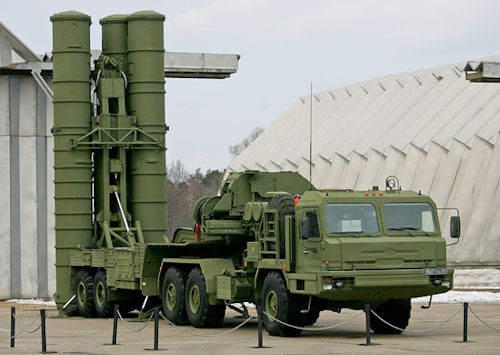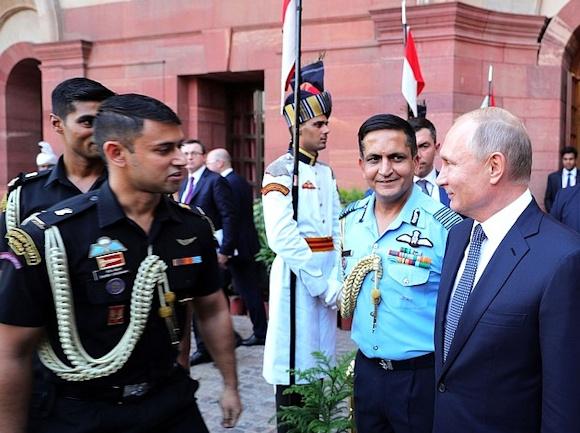The announcement has arrived punctual and with a timing that would make many suspect that it is actually a real gauntlet launched by New Delhi in Washington. According to the official Kremlin spokesman Dmitry Peskov, the October 5 India and Russia signed a contract for 6,2 billions of dollars for the supply of armaments; in particular, the lion's share is a sub-contract by 5,4 billions of dollars for the delivery of 5 squadrons of anti-aircraft missile and anti-ballistic S-400, unanimously considered the best systems of this type currently in service in the world. Also included in the maxi contract is the supply of 48 Mi-17-V5 helicopters while the signing of a contract by 2,2 billions of dollars for the purchase of 4 fregate class has been temporarily postponed Talwar and another from additional 2 billion for the leasing of a nuclear-powered class submarine Akula II.
Such moves, however, should not amaze a careful observer. In 2017, India and Russia celebrated the seventieth anniversary of the establishment of diplomatic relations and, during this timeframe, India bought 78% of its war arsenals from Russia. Despite the fact that in recent decades Asian power has significantly differentiated its sources of supply and created from nothing one of the largest military-industrial complexes in the world, the country still depends on Russia for 62% of its arms imports. It seems then that this "special relationship" could even grow in the future due to the great interest shown by India for a whole series of Russian design weapons systems, now approaching production entry, that New Delhi would like to buy or even coproduce, perhaps having them first modified by the installation of components of Indian, Israeli or Western origin.
 The success of the Russian armaments in India could not fail to attract the attention of the Trump administration, for over a year engaged in the fight against Russian activism at a global level also through the application of sanctions aimed at the countries guilty of buying Russian weapons (CAATSA ).
The success of the Russian armaments in India could not fail to attract the attention of the Trump administration, for over a year engaged in the fight against Russian activism at a global level also through the application of sanctions aimed at the countries guilty of buying Russian weapons (CAATSA ).
The CAATSA sanctions regime (Countering America's Adversaries Through Sanctions Act, ed) had its first application against China in the summer of this year, however it has been noted by many that its application to India would help to undermine the relationships, historically not always linear between New Delhi and Washington, especially in a historical moment in which the importance of India as a barrier to Chinese expansionism has increased exponentially.
To a specific question from the reporters, during the meeting with the press held at the White House the 10 in October, on how the United States would respond to the Indian initiative, the American president Donald Trump replied: "The India will find out soon. Before you imagine ". All that remains is to wait for the next steps of the American administration even if, specifically, it is easy to see that the dispute represents for Washington the classic alternative of the devil. If the United States decided to heavily apply the sanctions regime, India would definitely tie it to the finger and, knowing the practice of Hindu politics, would wait for the first good opportunity to make it pay. If instead Trump decides to exempt New Delhi from any retaliation, the CAATSA would be definitively compromised and the US threats would lose any credibility. In both cases the final winner would be Putin.












